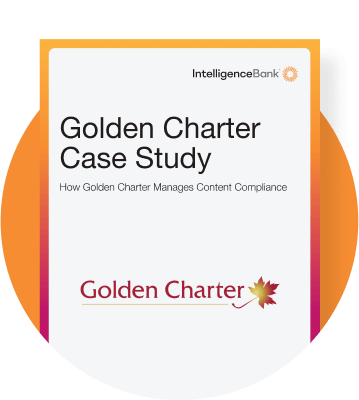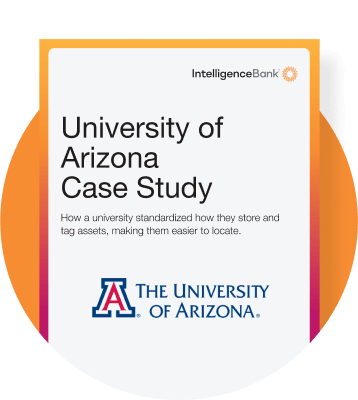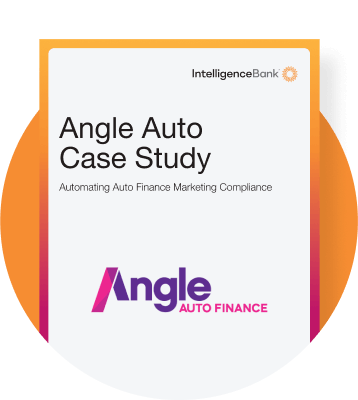We can help you explore all the aspects of DAM ROI by shedding light on its key functionalities and how they translate to ROI, and direct you to a guide on the methodology used to build a business case and calculate its return.
First, some DAM ROI Benchmarks
If you are considering whether it’s worth undertaking the exercise of calculating DAM ROI, here are the types of returns we typically see businesses achieve:
- Small businesses = 3.1x ROI on a DAM
- Medium business = 16x ROI on a DAM
- Large businesses = 26.4x ROI on a DAM
The science behind calculating DAM ROI
The concept that time savings can be made by having your creative assets efficiently managed is a bit of a no-brainer. The real question is how to quantify it. That’s where our ultimate guide to Calculating the ROI of a DAM solution will help. We created this guide to steer you through the process of identifying the problems a DAM can solve, determining the DAM ROI and steps to build a business case.
Why a DAM is a good investment
According to Accenture, 90% of marketing material is never put to use. It’s either not relevant, out of date or not accessible. So putting DAM ROI aside for a moment, if your creative assets are not managed tightly, it’s costing you money.
Let’s take a look at what a DAM can do and how that correlates to delivering ROI from a fiscal and efficiency perspective.
Reduced time searching for assets
A DAM acts as a central source of truth. As one of our clients put it “If it’s not on the DAM, it doesn’t exist.” Without a centralized system of digital management the daily workflow tasks of finding creative assets becomes a grind. Is the asset buried on a share drive? Attached to a lengthy email chain? Sent within a document? Often when files are eventually uncovered, there begins a list of other questions relating to talent usage and creative license parameters, not to mention the technical details surrounding production. This starts another round of hours searching for answers.
Sometimes, it feels like you’ve spent so much time hunting for assets that you could’ve created them from scratch. And to make matters worse, there’s a never-ending content treadmill, with deadlines that seem to get shorter and shorter. If this is your current reality, DAM ROI can be proved right here and now.
Part of a DAM’s core functionality includes tags and metadata (information about your asset), and taxonomy structures, (how files are organized). When these two functionalities are combined it makes finding creative assets lightning fast. DAM files can be customized to carry detailed information and stored using standard naming conventions and folder structures so they can be found quickly and used with confidence.
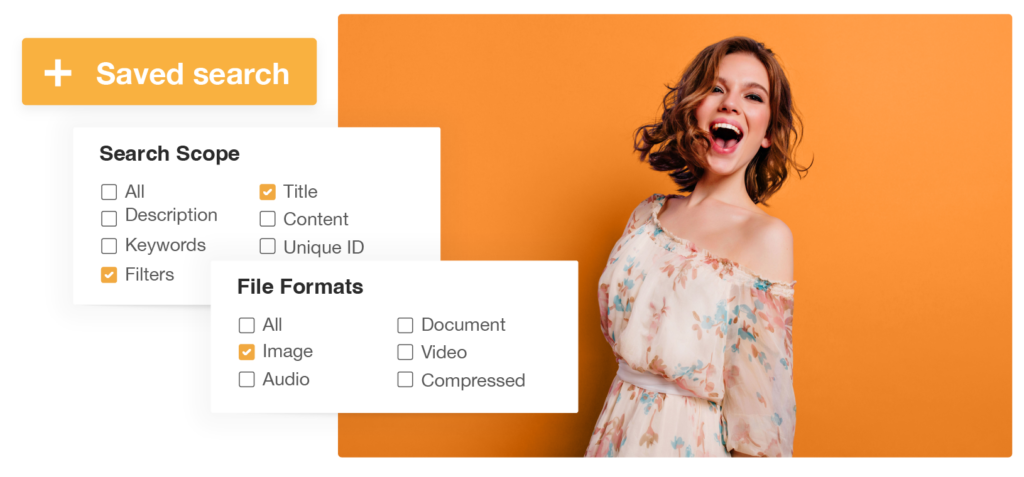
More efficient asset sharing
DAM’s provide instant access to approved creative assets to many people. Access can be granted from both within and outside your organization. No longer are digital assets the domain of just the creative or production team. When you rely on just a couple of individuals in your organization to act as creative asset gatekeepers, it tends to introduce unnecessary delays, irritations, and back-and-forth exchanges for both the sender and the requester.
In cases where organizations lack that central ‘single source of truth’ for approved creative content, they end up diverting highly skilled valuable staff time towards low-impact tasks. Moreover, this approach adds unwarranted complexities to what should be a streamlined, self-service procedure. Implementing a DAM squashes the inefficiencies that busy your team on repetitive basic tasks. The DAM ROI in this instance is both monetary and sanity saving.
DAMs also allow users to create CDN links to assets that means when you publish updated versions of that asset it automatically updates every instance. Imagine entire suites of creative assets being updated without so much as a click.
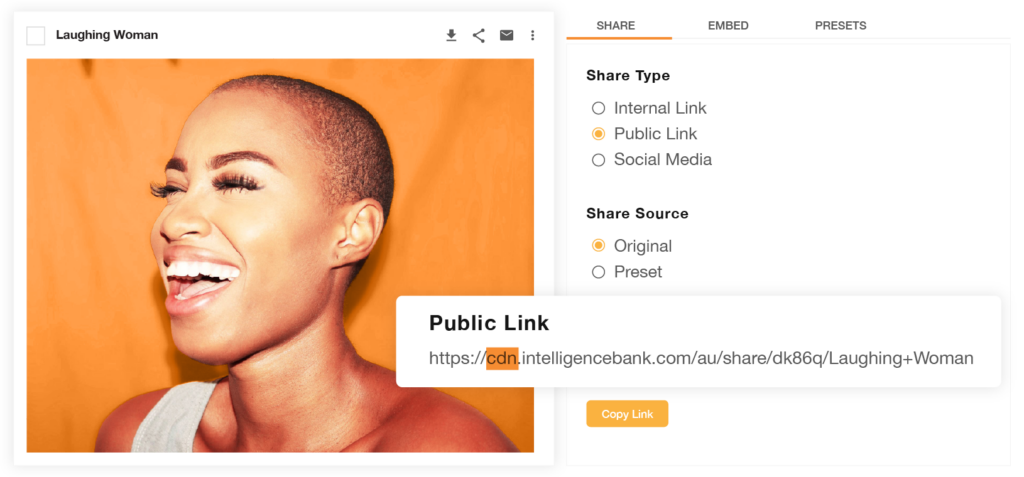
Reduces repetitive work
There are so many manual tasks a DAM can either automate, or, provide tools to allow others the ability to self serve, edit and repurpose. Creative time is expensive, and on top of that, waiting for a designer to get to your job can result in missed opportunities.
DAMs use AI to also perform rudimentary functions such as instantly tagging images and video content, converting file formats, auto-cropping bulk images and transcribing voice to text. These functions combine to deliver an impressive DAM ROI while also providing you with much greater scalability compared to manual execution of these tasks.
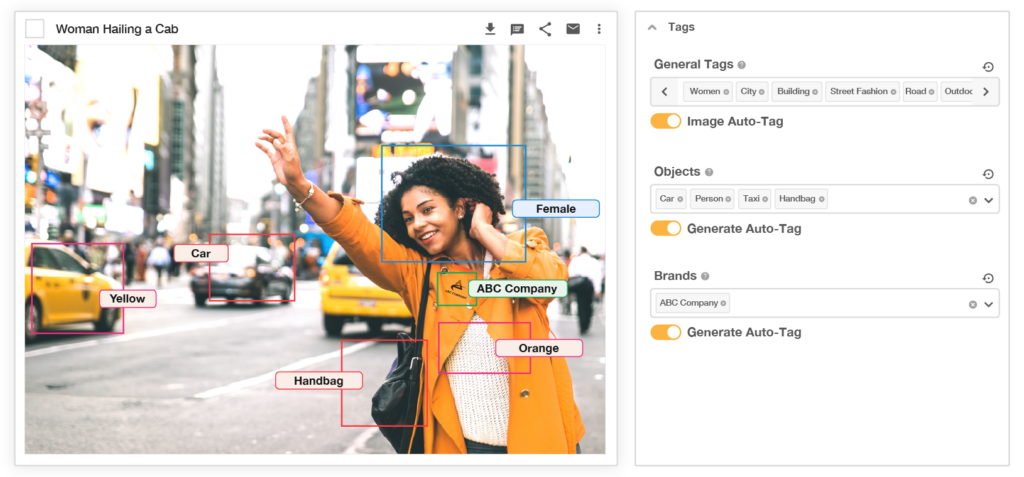
Streamlined collaboration
Implementing a DAM system can significantly boost your ROI by streamlining collaboration and productivity. Excessive time consumption almost always occurs when teams operate within disconnected workflows, each with their own inconsistent processes. This lack of cohesion makes it challenging to manage and track tasks efficiently because there’s simply no unified visibility.
A DAM platform is much more than a well organized bucket to store your creative assets in. These platforms also provide workflows to help get brand and legal approved creative out the door fast. DAM systems provide comprehensive oversight, reducing the risk of conflicting interpretations of project briefs, lost feedback, versioning chaos, missed deadlines, budget overruns, and the bungling of seemingly trivial yet crucial details like consistent file naming. The result is a more efficient workflow and improved collaboration, which is ultimately another point for a DAM’s ROI. On top of that, when teams can divorce themselves from the daily tasks involved with of chasing their tails, they have more time to focus on value-added activities.

Integrates creative resources
DAMs seamlessly integrate with third-party software such as Adobe and stock libraries, revolutionizing the way your creative assets are managed. By adopting a DAM solution, you eliminate the need for repetitive uploading and downloading of creative files – an exhausting and resource intensive process. Cutting out this step in the process unlocks substantial time and cost savings, contributing directly to DAM ROI and helping you get content live faster.

Gets work approved with less drama
DAMs provide a single go-to place for markup, version tracking, and approvals. When creative assets and approvals have no ‘home base’ the chase is on to collate comments across all manner of delivery – from email to sms and even hurried conversations. Your team ends up juggling approvals from people spread across different departments and time zones often revisiting feedback and potentially misconstruing key information. And when one person in your team gets it wrong, there is a ripple effect across the whole organization. Everyone ends up spending way too much time on what should be a simple process. It’s not just a brain draining time waster – it leaves your organization vulnerable to costly mistakes. The DAM ROI pays off in the form of time (aka money) for all people involved in asset creation and approval.
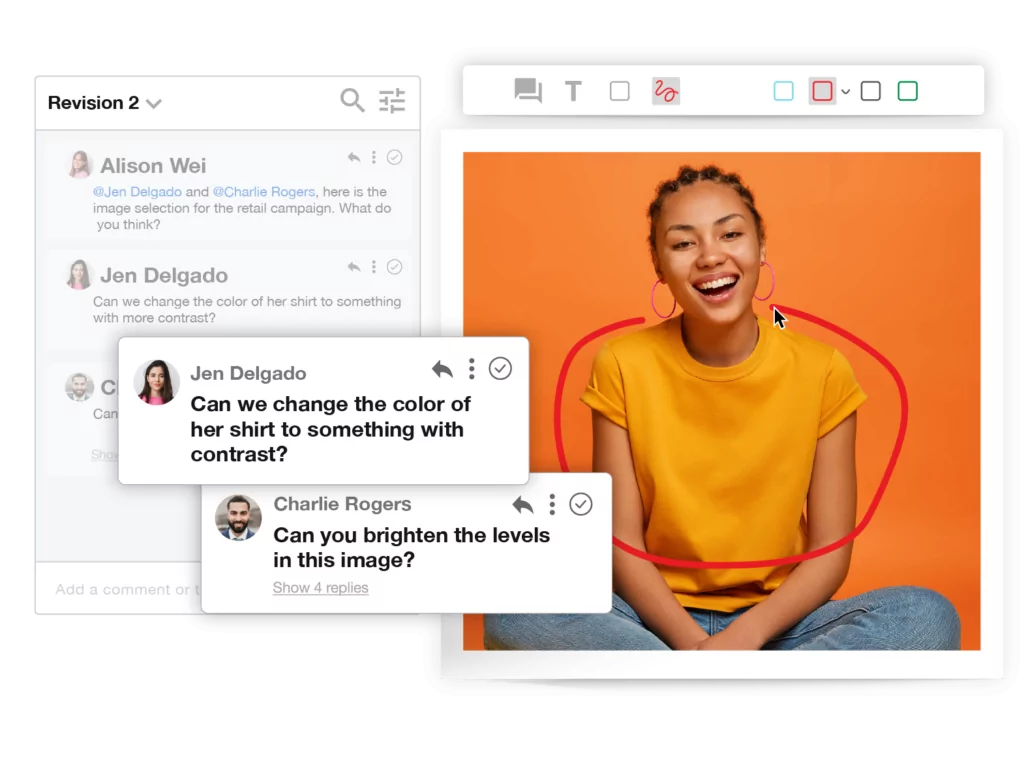
Gets you to market faster
DAM ROI shines when it comes to enabling teams to be first in the market. Whether it’s customer facing or allowing you to target media more efficiently for news stories, being first is never a bad thing. A DAM allows you to speed up your production and approval processes, giving you a head start seizing emerging opportunities. DAM ROI comes from the functional time saving elements of streamlined content processes as well as positioning your organization as a market leader and increasing the chance of success and growth.
Provides data on your assets
How do you put a value on a creative asset? Sure, there is the production cost, but what about the ROI of every asset in your collection. DAMs allow you to measure this. It can tell you whether an asset is underutilized as well as what staff member, department or brand is making the most of them.
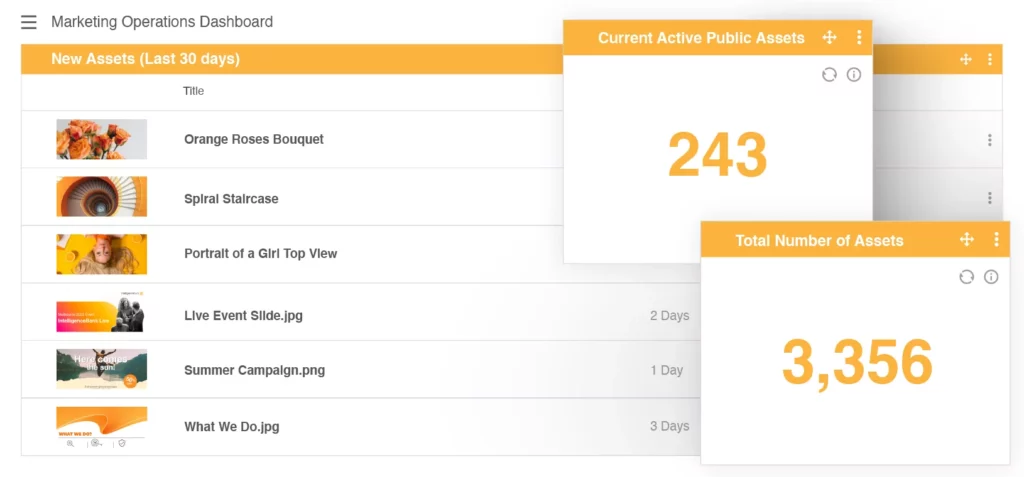
Mitigates legal risks
Having well managed assets in a DAM lowers the risk of legal issues on number of fronts.
DAM systems encourage compliance with regulatory bodies. They often include features to alert users and have the ability to auto generate pre-approved legal disclaimers. This proactive approach reduces the likelihood of unintentional violations.
Tagging and metadata details embedded in every asset provides full details of copyright licences and expiration dates. Access to out of date or unapproved assets can be blocked.
Version control is a standard feature in most DAMs. The software can keep track of different versions of assets and ensure the latest, brand and legal approved version is being used.
DAM systems maintain an audit trail of asset usage, including who accessed, downloaded, or modified an asset and when. This documentation can be invaluable in case of legal disputes, as it provides a clear record of asset usage and permissions.
In case of a copyright infringement claim or compliance breach, a well-managed DAM system can quickly identify and replace the unauthorized asset with an authorized one with one click. This swift action can contain potential legal damages.
A DAM’s access control permissions functions can be customized and restricted for different user groups, e.g. by region, product or brand ensuring there is no chance of unauthorised use or instances of the wrong offer being promoted in the wrong market.
Although not a quantifiable ROI benefit of a DAM, the mitigation of legal risk is perhaps one of the most potent.
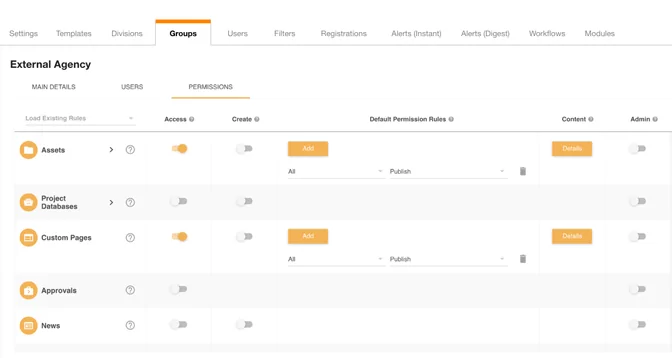
Staff retention
Although this is not a return that springs to mind immediately, a DAM ROI stretches all the way to staffing. People whose daily job involves accessing creative assets need the best environment and systems. When people are not given the right tools to do their jobs, it can be frustrating and demoralizing. When they consistently face obstacles and limitations in their work, they lose enthusiasm and ultimately start looking for work elsewhere. Retraining quality trained staff can be tough at the best of times, and the cost of recruitment and retraining is high.
Making a compelling case for DAM
Now you can see the breadth of ROI a DAM can bring, you can begin the process of crafting a business case for implementing one within your organization. Our Guide to Calculating the ROI of a DAM Solution lays this out step by step. It provides you with a framework to build a business case that underscores the true value of a DAM’s ROI by quantifying the tangible and qualitative benefits of DAM software, potential roadblocks and tips for implementation.
The best part about our guide is that it is relevant to all levels of business whether you have 50 employees or over 1,000. DAM solutions are scalable and grow as you grow, so there is no need to back up the money truck from day one.



